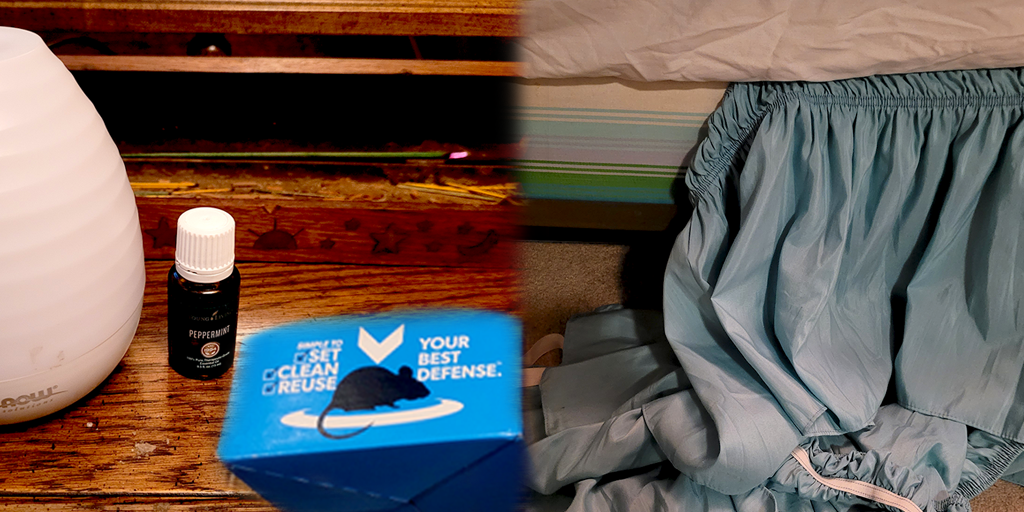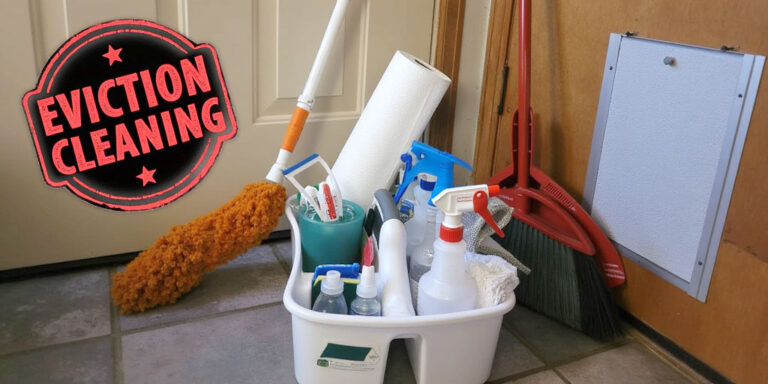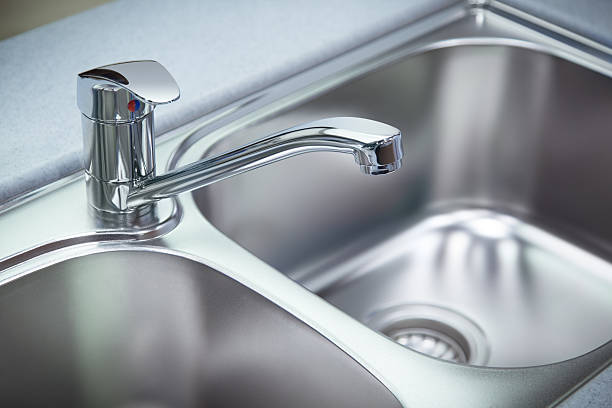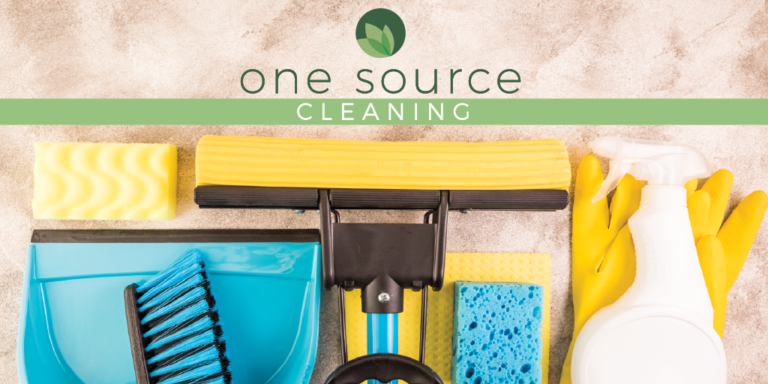6 Effective Tips to Keep Pests Out of Your Home
We’ve written a guide to teach you how to Get rid of pests in your home in 6 simple steps. If you’ve ever dealt with a pest problem, you know how stressful it can be. Recently, one of our cleaners faced a mice infestation in her home. To maintain privacy we will call her “Rose” in this post. It was an eye-opening experience that taught her a few valuable lessons about keeping pests at bay. Here are some practical tips to help you protect your home from unwelcome visitors:
1. Secure Your Food Storage
Step 1: Get rid of pests in your home by securing your food storage outside of the safety of cabinets. One of the first things Rose did to combat her mouse problem was to store all pantry items in plastic bins with locking clasp lids. Pests like mice are always on the lookout for an easy food source, and they will make a nest in close proximity to it. By sealing food in airtight containers, you cut off their supply, forcing them to look elsewhere. This simple change made a big difference!
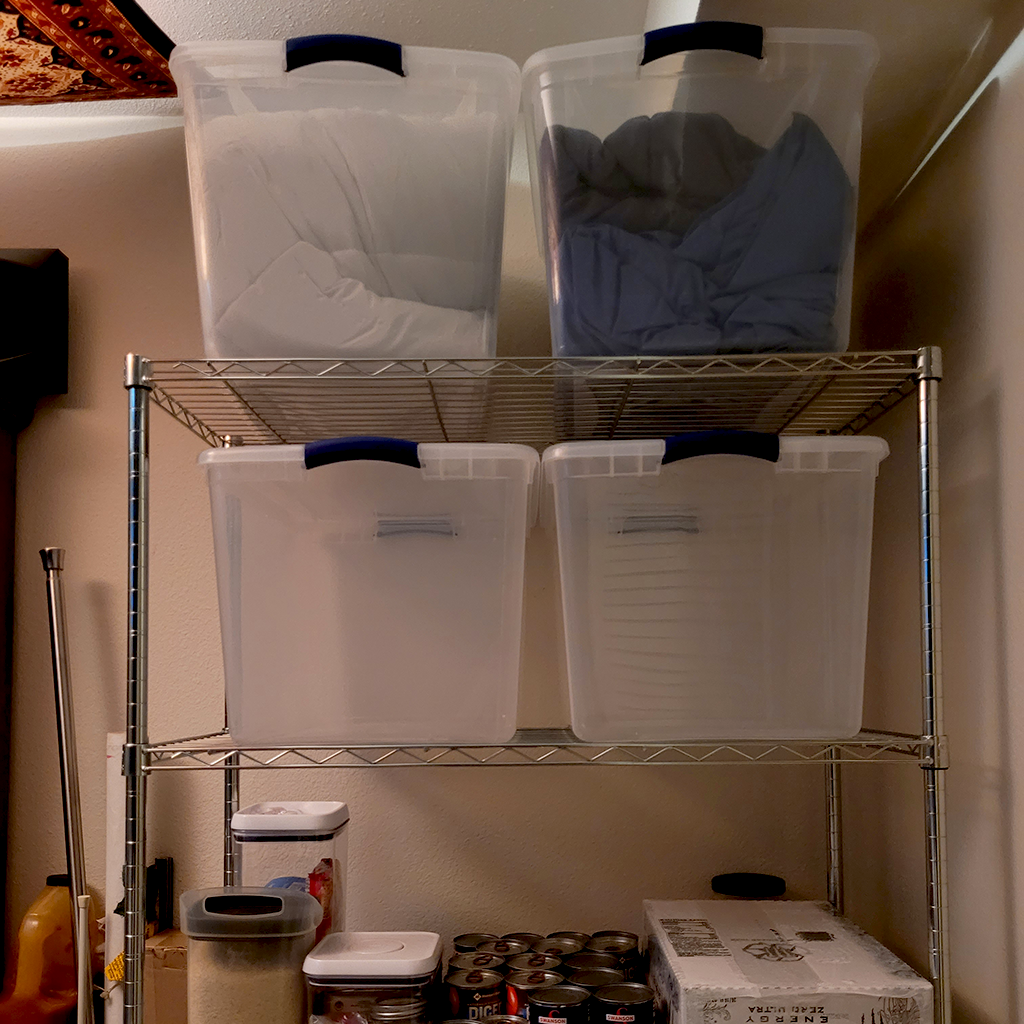
2. Declutter Your Home
Step 2: Get rid of pests in your home by decluttering and moving furniture away from the walls. Clutter provides hiding spots for pests, making it easier for them to nest and breed. Rose cleaned up the clutter in her home, especially in the kitchen and pantry areas, where food remnants could attract unwanted guests. Furniture against the wall was pulled out, as mice will traverse walls since they can’t see very well. Another tip is to keep the lights on, since the vison of mice is even lower in well lit areas. Regularly decluttering your home reduces the chances of pests finding a place to hide.
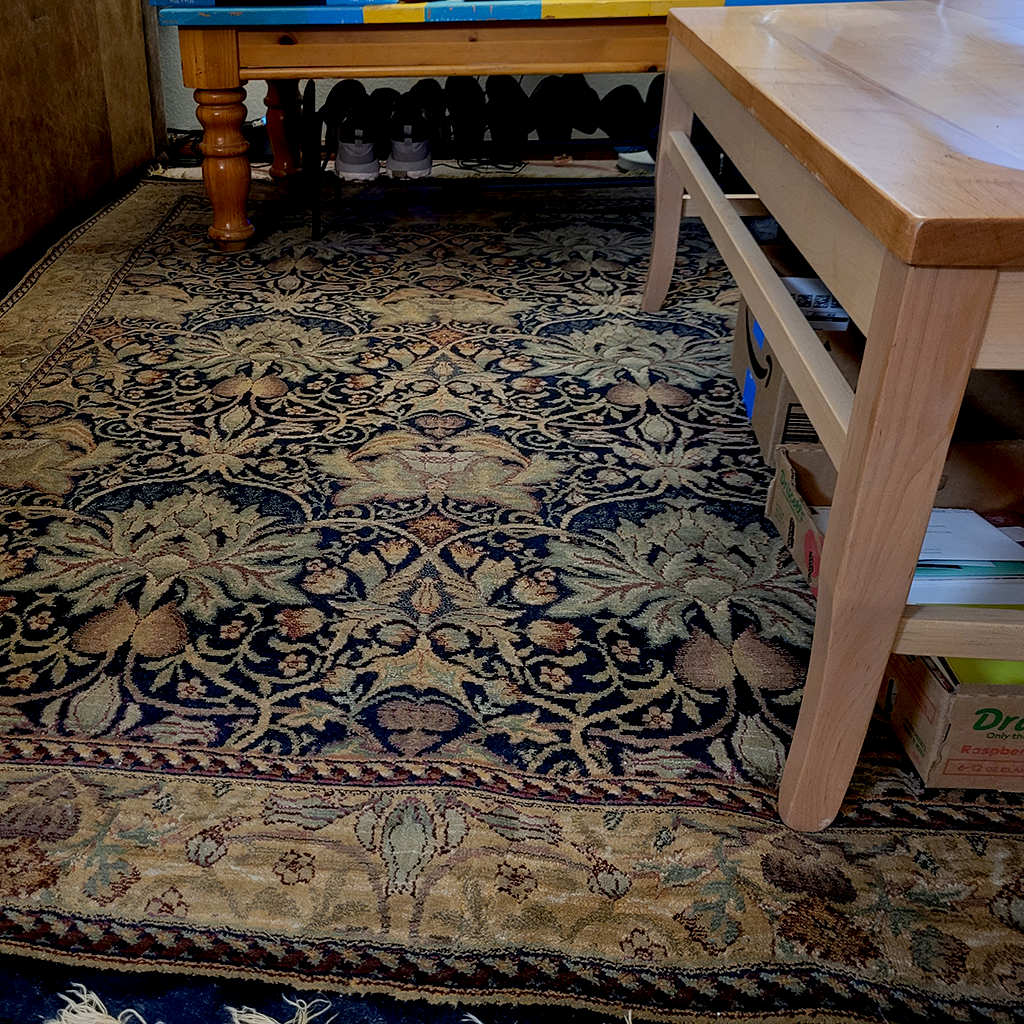
3. Remove Climbing Aids
Step 3: Get rid of pests in your home by removing fabrics that touch or hang near the floor. Mice are excellent climbers and can easily scale fabric surfaces. To reduce their access to higher areas, consider removing bed skirts, tapestries, or any fabric hanging near the ground. These materials can act as ladders, allowing mice to reach your bed, counters, or shelves more easily. Rose did find that food within her cabinets was safe from the unwanted visitors. In the end, she learned that removing fabrics they could easily climb kept them on the floor level where they were easier to deal with.
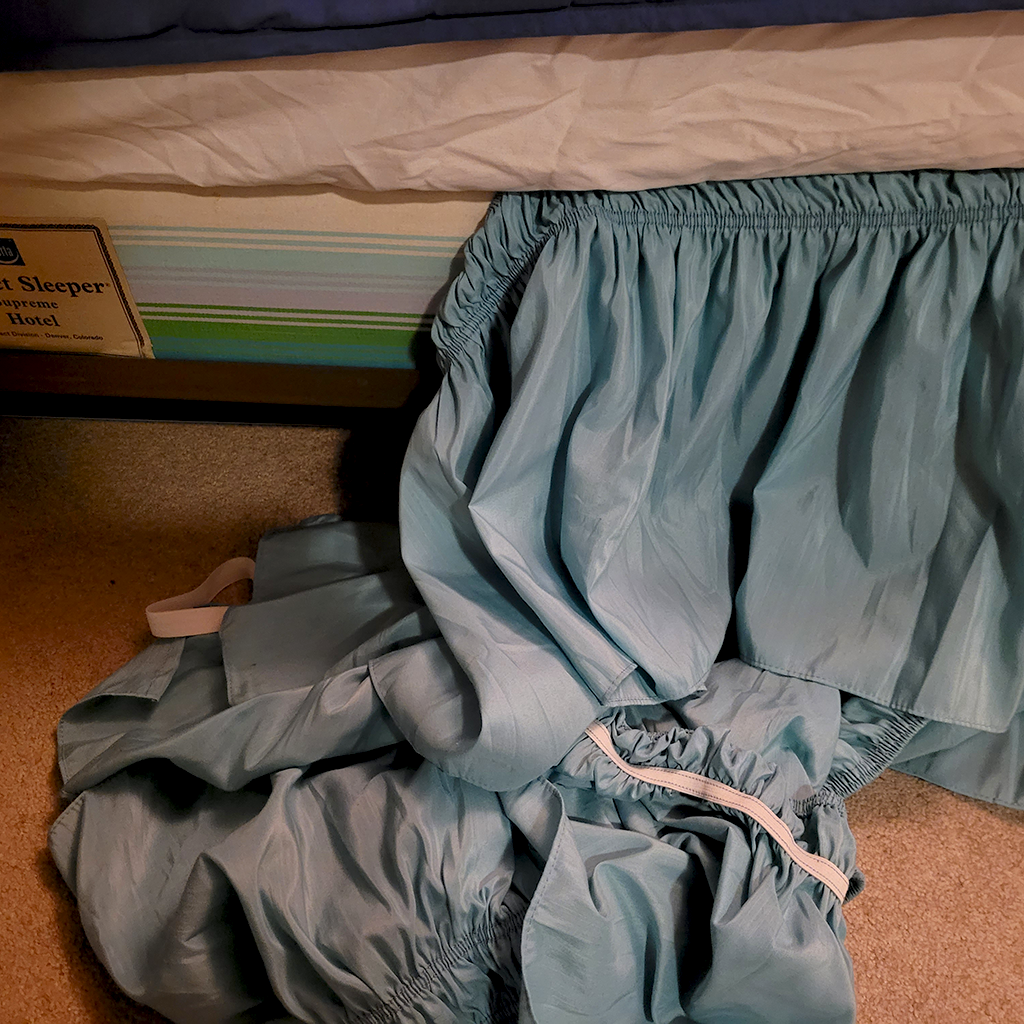
4. Seal Entry Points
Step 4: Get rid of pests in your home by sealing the entry points they could be coming from or taking refuge in. Check for cracks, gaps, or holes in walls, floors, and around windows or doors. Pests can squeeze through even the smallest openings. Use caulk or weather stripping to seal these gaps, preventing pests from finding their way inside. Rose found that the mice entered her home though the crawl space, and to her horror there was a large hole by some piping the in the basement bathroom. She realized this was a place for them to navigate her home through the walls.
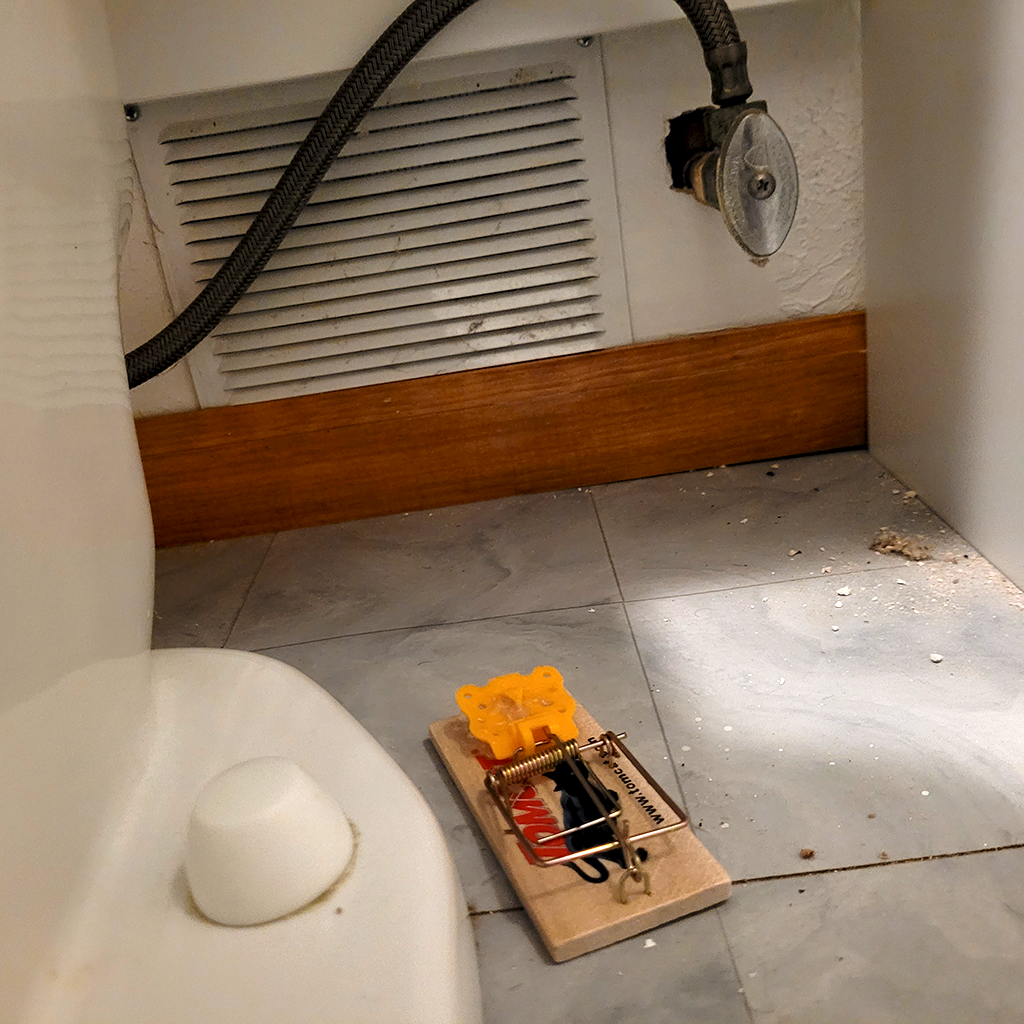
5. Maintain Cleanliness
Step 5: Get rid of pests in your home by maintaining cleanliness. Keeping your home clean is crucial in the fight against pests. Make sure to vacuum regularly, wipe down surfaces, and immediately clean up any spills or crumbs. Pay special attention to the kitchen, dining areas, and places where food is stored. The cleaner your home, the less likely pests will stick around. If you don’t have time to keep it clean, contact One Source Cleaning and book an appointment for weekly cleans! Our cleaning team will edge the floors and clean surfaces so the pests won’t have anything to feed on and will go somewhere else.
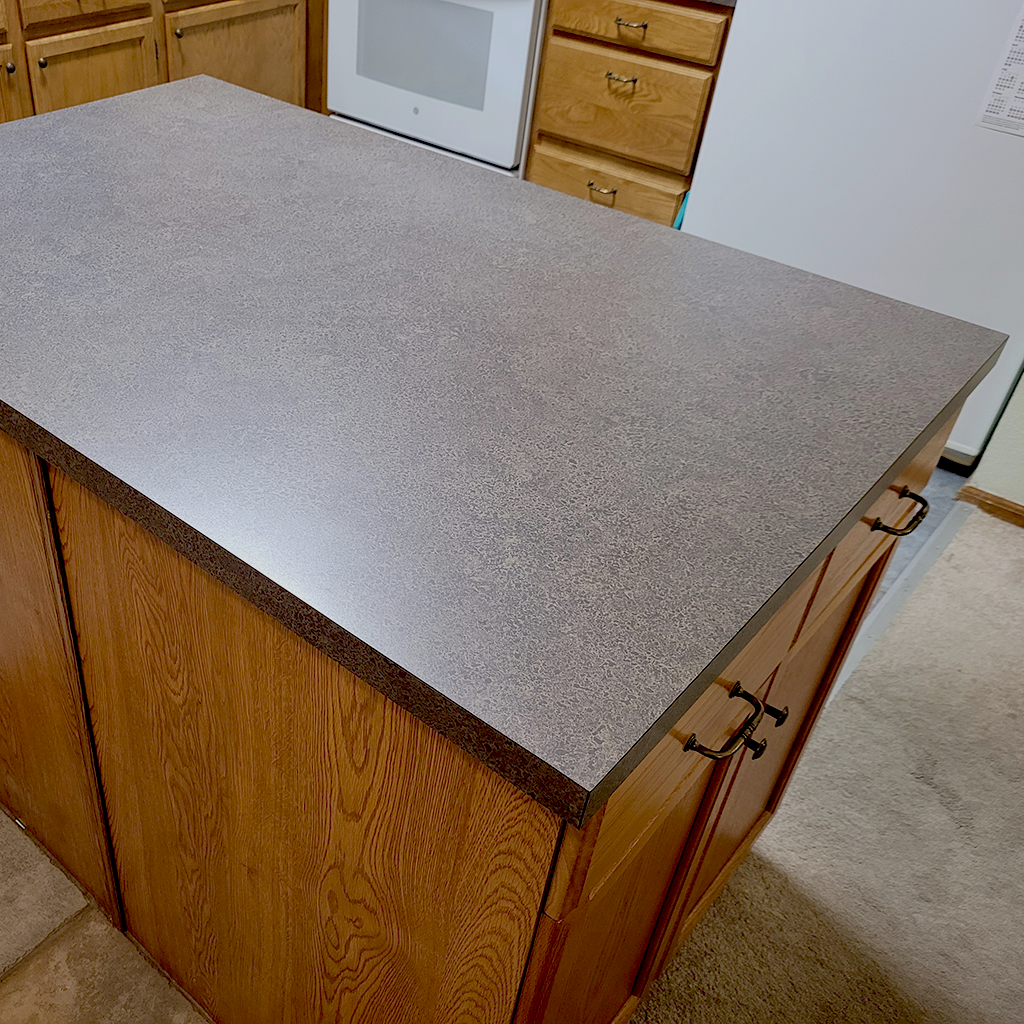
6. Use Natural Repellents
Step 6: Get rid of pests in your home by burning incense or defusing essentials oils that are calming to you while repelling the pests. Certain scents naturally repel pests, and another thing Rose learned about mice is that they don’t like strong smells. For example, peppermint oil is known to deter mice, while vinegar can help keep ants away. Consider using essential oils, vinegar, or other natural repellents around common entry points and in areas where pests have been a problem. Rose also burned incense in the areas she found droppings. This is a sure way to confuse their sense of smell and will not only deter them, but hide the scent they are hunting for.
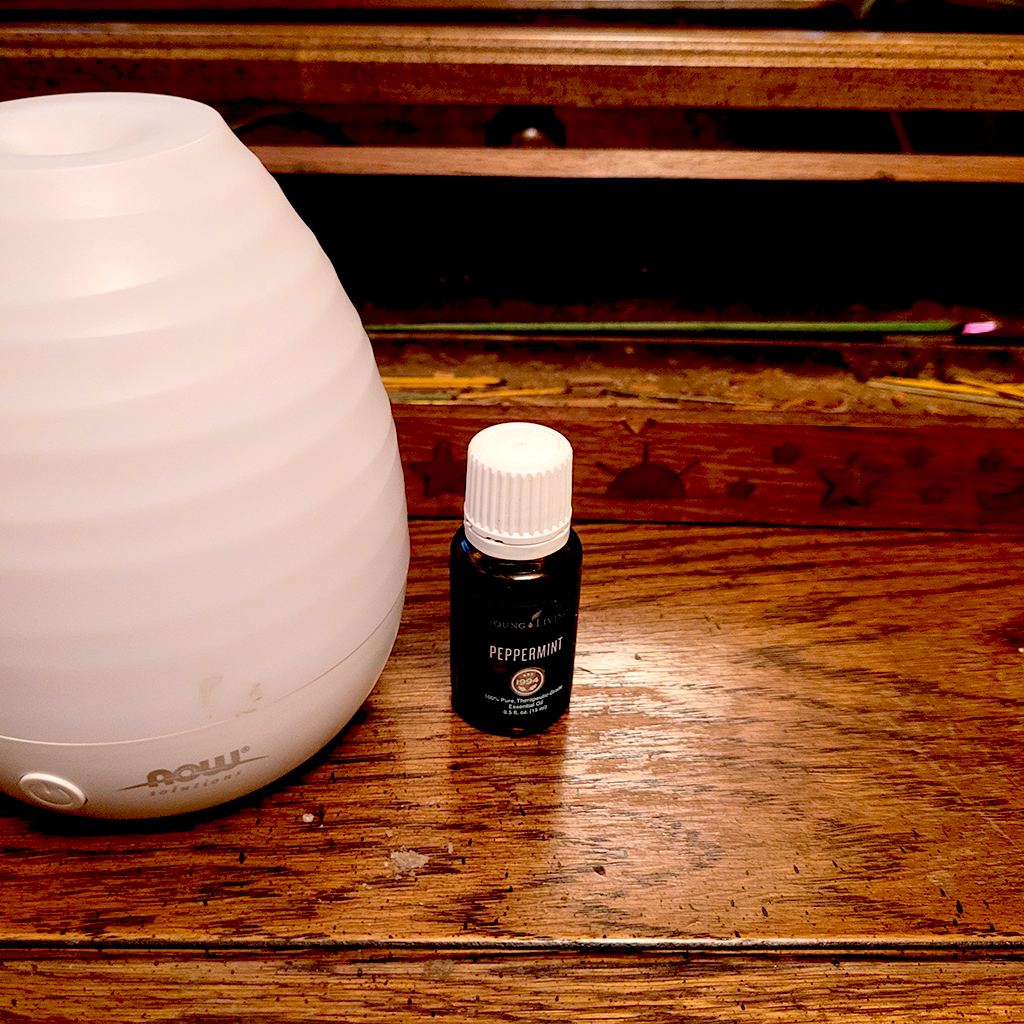
The Light at the end of the Tunnel
Rose also bought lots of traps and found that the simplest most effective trap was the snap trap from the hardware store. There are tons of mouse traps out there at various prices. She also tried the multi catch bucket, and tunnel traps. There is also non-toxic poison she considered to use in the yard (note: since it’s non-toxic this option would not hurt your pets). The flip slide to poison is you never know where they died. When using the snap traps you can easily dispose of dead mice and you know where to look for them. Right? Don’t forget where you put a trap though, or you will be waiting for the smell to remind you … In the end, how do you know when your problem is solved? Rose kept looking for mouse droppings, and cleaned up anything she saw. Therefore, if she stopped seeing the droppings, and didn’t catch anymore mice she knew they had moved on or died out. Furthermore, she could sleep better at night knowing they wouldn’t be back because there was nothing to find!

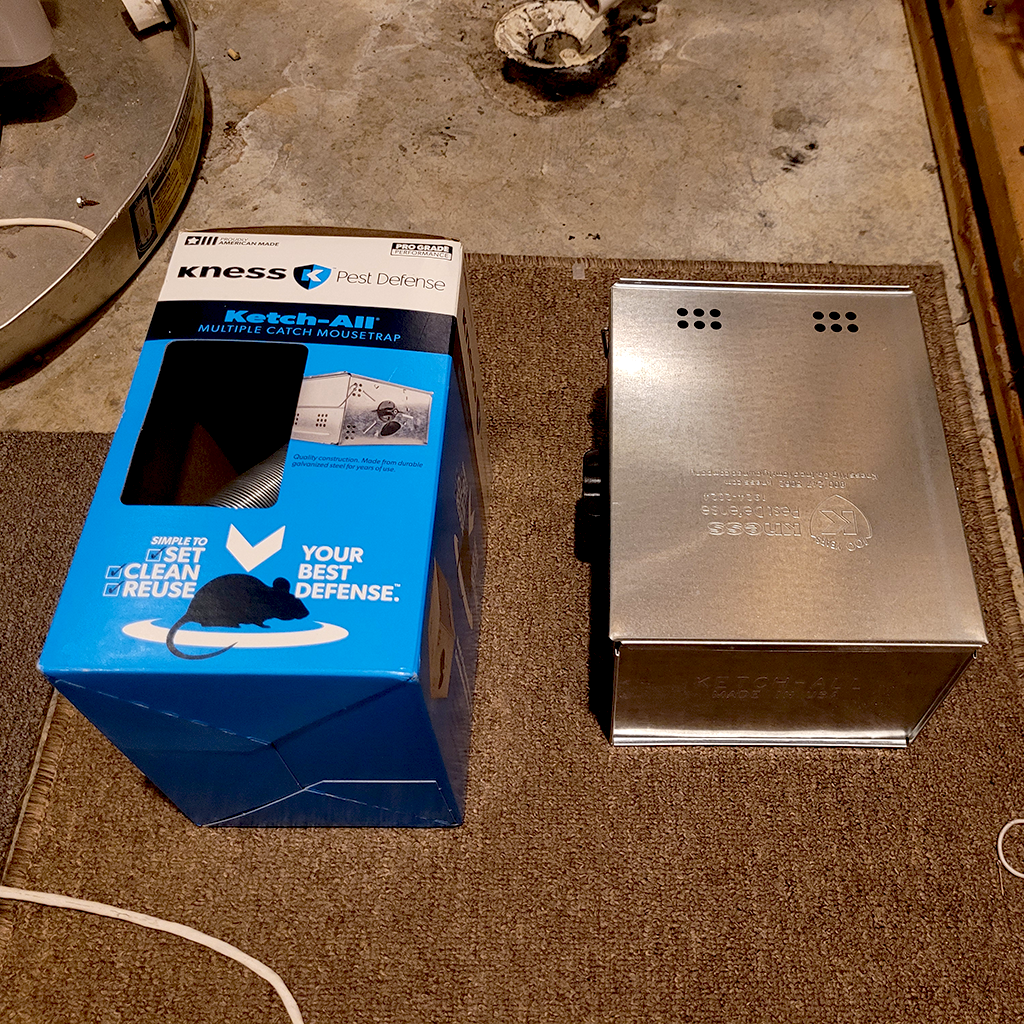
Thank you for reading! If these tips helped you, please give us a like on our facebook page.

